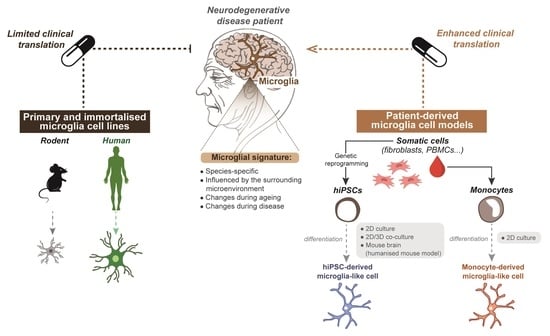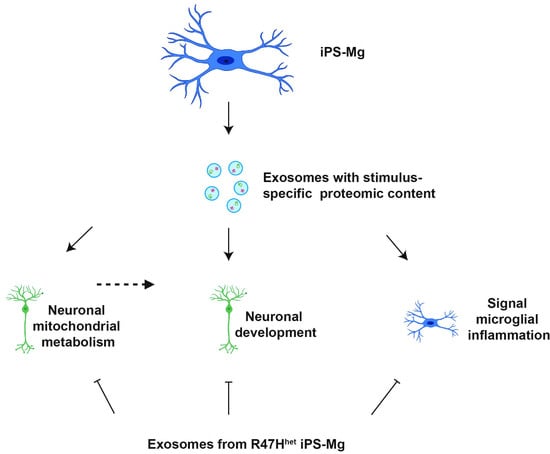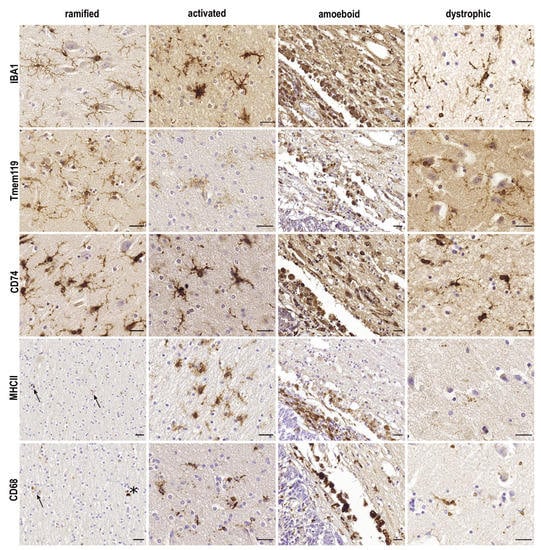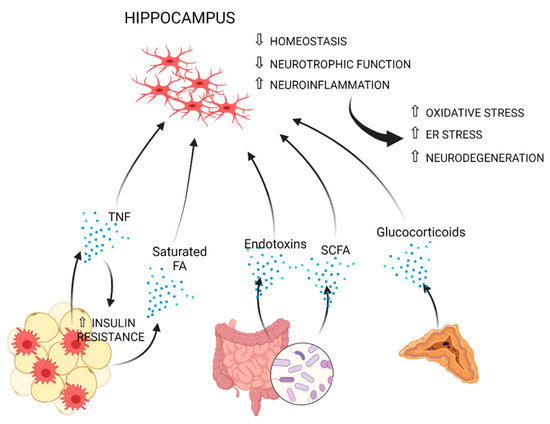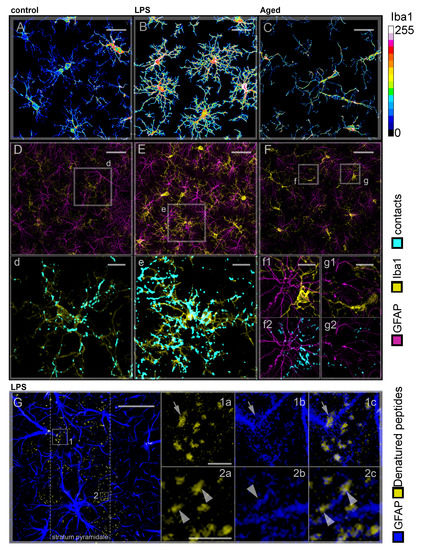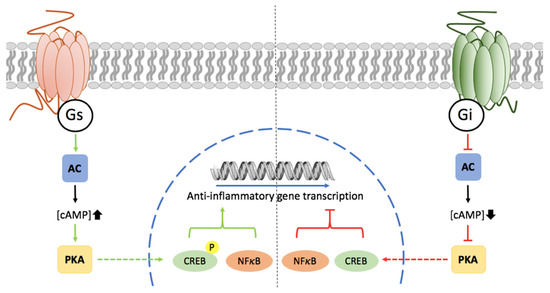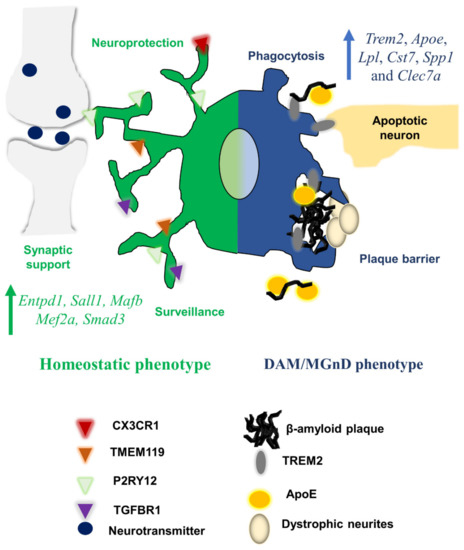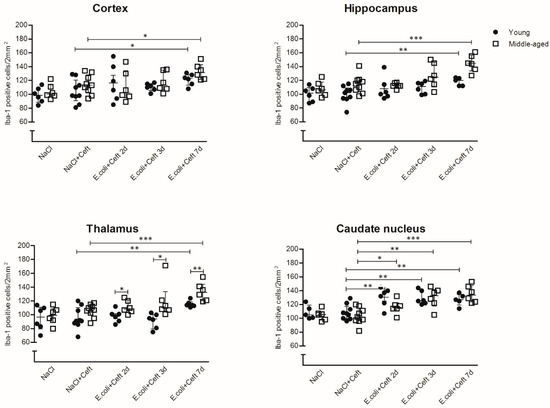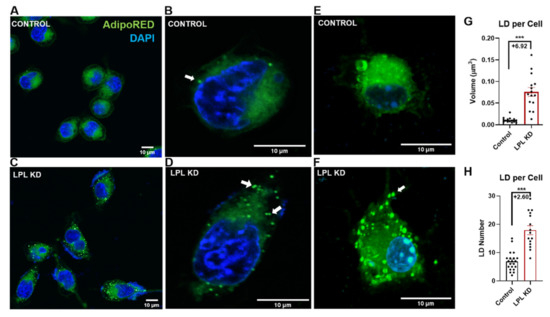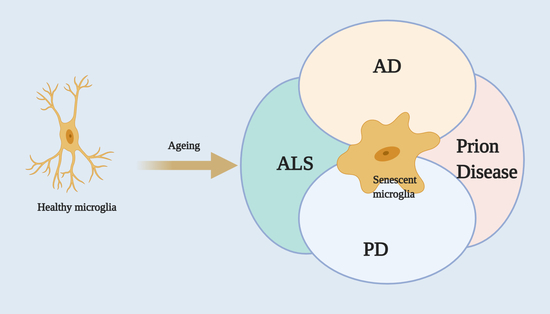Microglia in Aging and Neurodegenerative Diseases
A topical collection in Cells (ISSN 2073-4409). This collection belongs to the section "Cellular Aging".
Viewed by 69996Editor
Topical Collection Information
Dear Colleagues,
It is now well accepted that the immune system and the central nervous system (CNS) dynamically interact in both physiological and pathological conditions and that neuroinflammation and immune molecules have the potential to influence the induction of CNS plasticity, learning, cognition and recovery processes.
During brain aging or in certain pathological conditions, this crosstalk can go beyond physiological control. The inflammatory process in the brain, accompanied by the presence of activated microglia, has recently gained much attention in several degenerative neurological diseases, including, but not limited to, Alzheimer’s and Parkinson’s diseases. While activated microglia may promote neuronal degeneration or neuroprotection, its precise role has not been clarified yet.
In this Topical Collection of Cells, I invite you to contribute, either in the form of original research articles, reviews, or shorter perspective articles on all aspects of the theme “Microglia in Aging and Neurodegenerative Diseases”. Expert articles describing mechanistic, functional, cellular, biochemical, or general aspects of microglial contribution in normal brain aging or neurodegeneration are highly welcome. Relevant topics include, but are not limited to
- Cytokine signaling
- Chemokine function
- In vitro and in vivo models
- Morphological characterizations
- Electrophysiological changes
- Inflammation
- Bioimaging
- Behavioral analysis
- Translational medicine
Dr. Alessandro Tozzi
Collection Editor
Manuscript Submission Information
Manuscripts should be submitted online at www.mdpi.com by registering and logging in to this website. Once you are registered, click here to go to the submission form. Manuscripts can be submitted until the deadline. All submissions that pass pre-check are peer-reviewed. Accepted papers will be published continuously in the journal (as soon as accepted) and will be listed together on the collection website. Research articles, review articles as well as short communications are invited. For planned papers, a title and short abstract (about 100 words) can be sent to the Editorial Office for announcement on this website.
Submitted manuscripts should not have been published previously, nor be under consideration for publication elsewhere (except conference proceedings papers). All manuscripts are thoroughly refereed through a single-blind peer-review process. A guide for authors and other relevant information for submission of manuscripts is available on the Instructions for Authors page. Cells is an international peer-reviewed open access semimonthly journal published by MDPI.
Please visit the Instructions for Authors page before submitting a manuscript. The Article Processing Charge (APC) for publication in this open access journal is 2700 CHF (Swiss Francs). Submitted papers should be well formatted and use good English. Authors may use MDPI's English editing service prior to publication or during author revisions.
Keywords
- Cytokine
- Chemokine
- Morphology
- Electrophysiology
- Inflammation
- Behavior
- Neuroprotection
- Neurodegeneration
- Parkinson’s disease
- Multiple sclerosis
- Stroke
- Synaptic plasticity
- Learning






